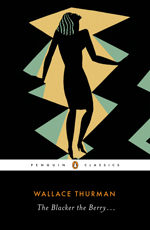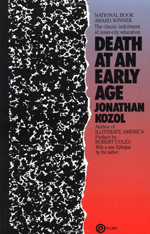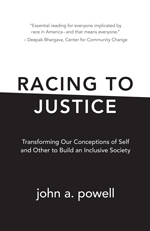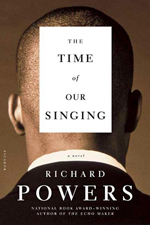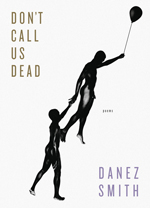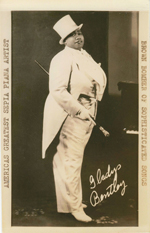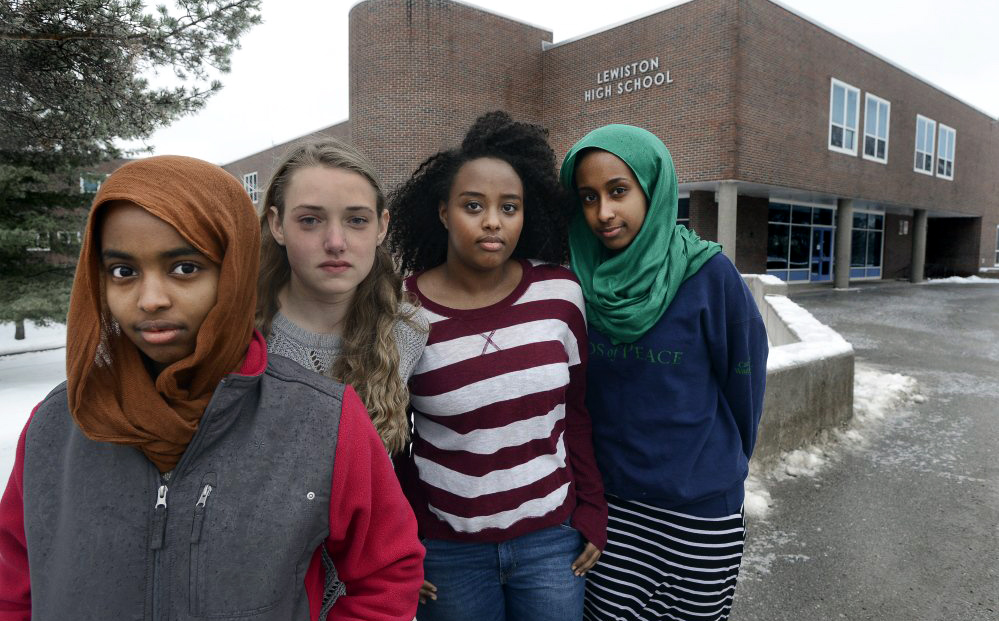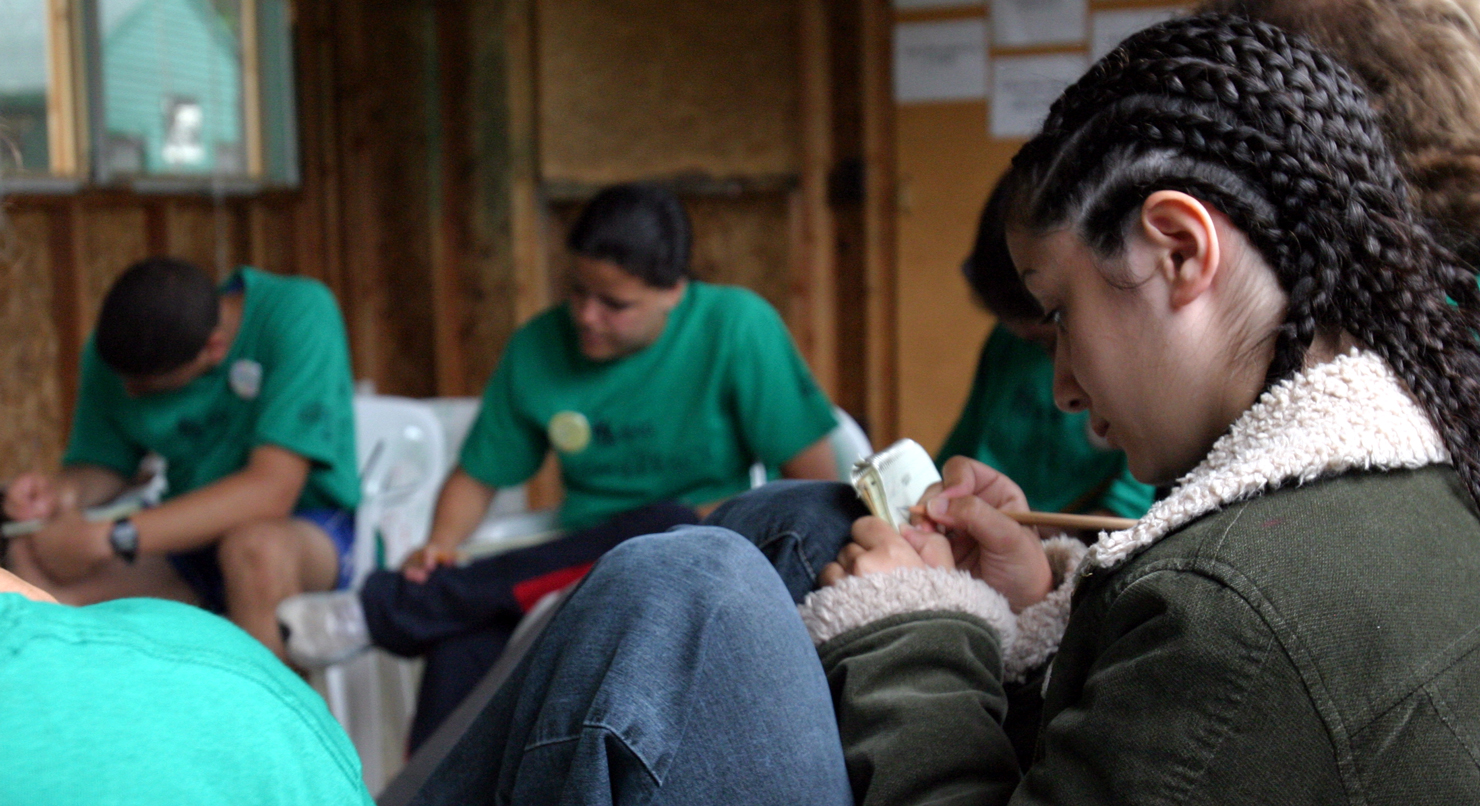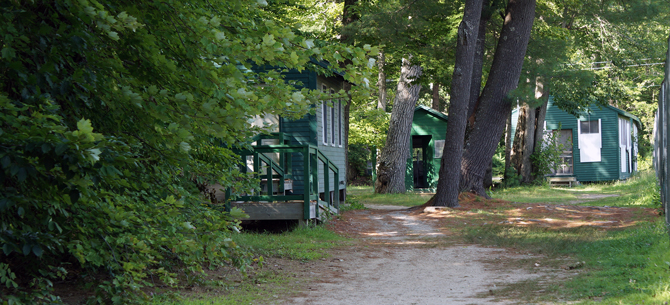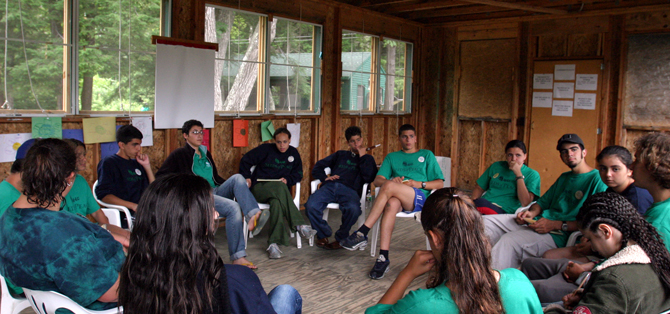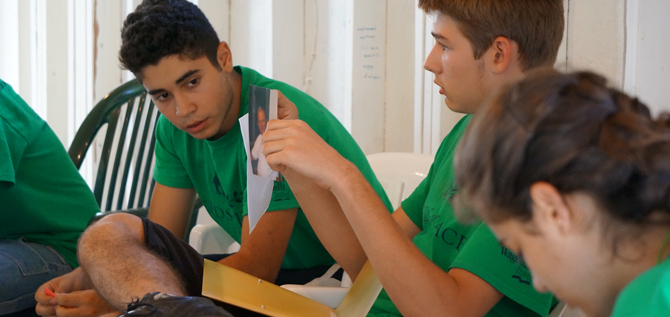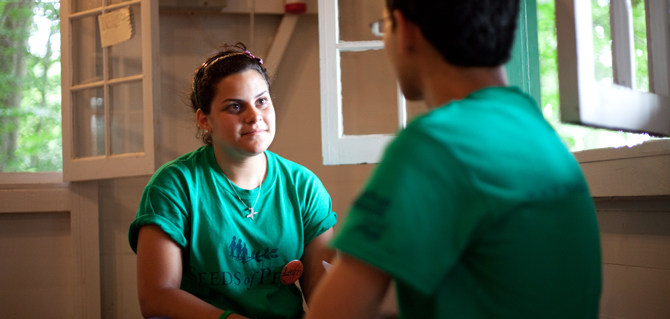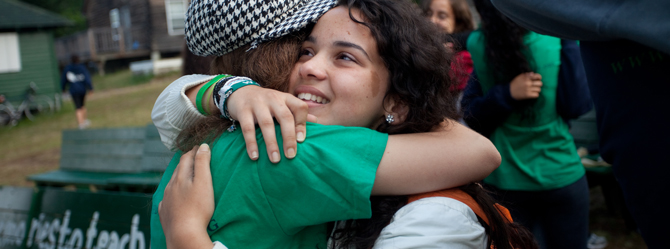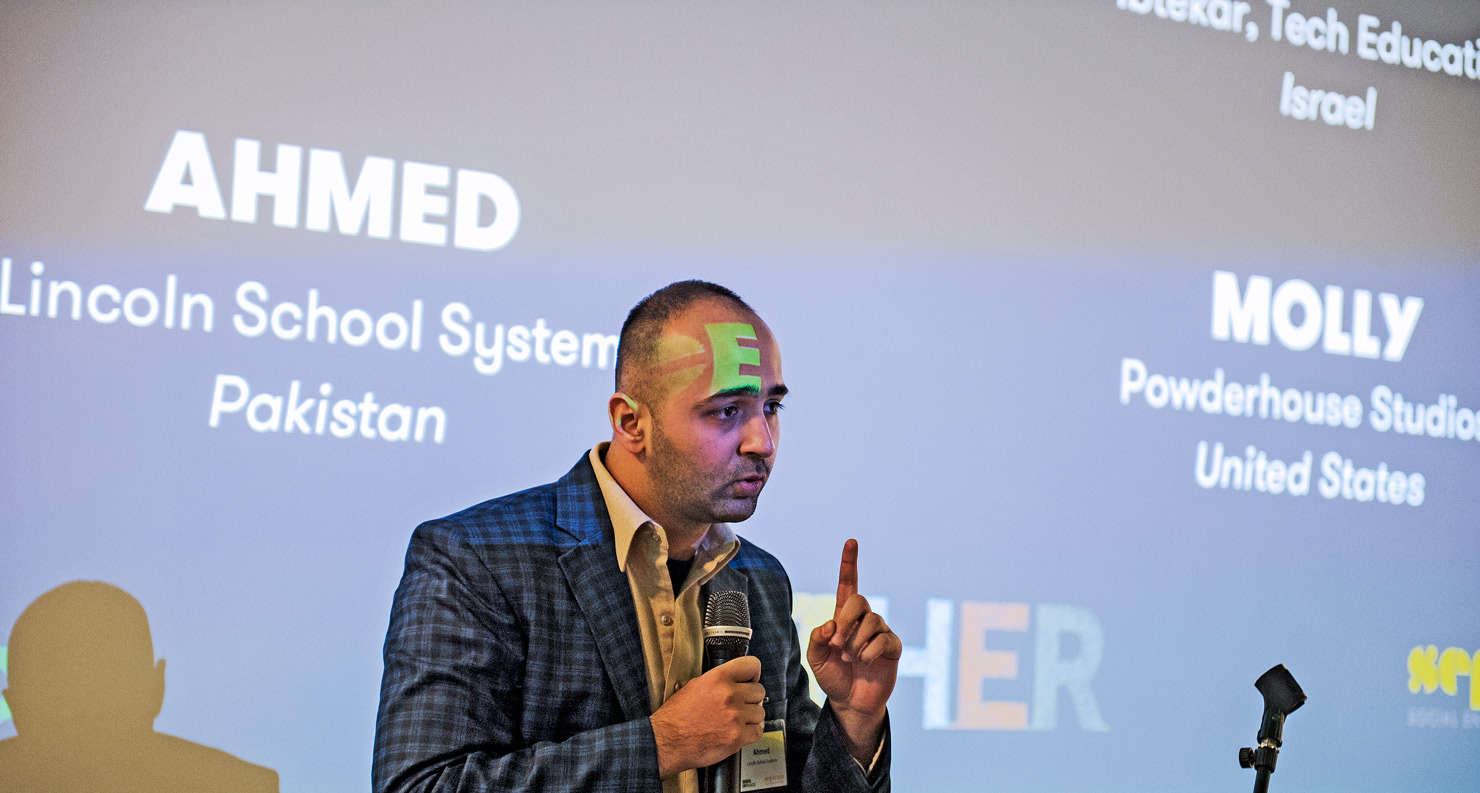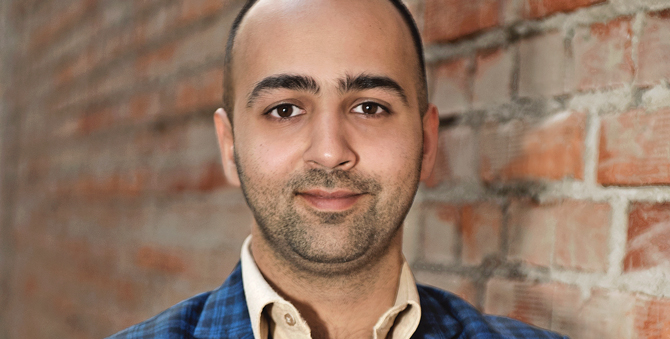WASHINGTON | Two deserving members of the Washington Jewish community—Seeds of Peace Executive Director Barbara (Bobbie) Gottschalk, LCSW-C, ACSW, and Ben Williamowsky, DDS—will receive the Jac J. Lehrman-George M. Pikser Award for outstanding professional or volunteer social service.
The awards will be presented Thursday, November 20, at the 1997 Jewish Social Service Agency (JSSA) Annual Meeting at Washington Hebrew Congregation.
In her 13 years on the JSSA staff, Bobbie Gottschalk was instrumental in developing a wide range of programs for individuals with disabilities. She considers that accomplishment as “doing the impossible” in an era when such programs were just beginning to emerge.
Now she’s again doing the impossible at Seeds of Peace—bringing together Arab and Israeli teenagers together at a Maine camp where they share their lives for four summer weeks. As JSSA’s Special Services director, Gottschalk created, developed and managed counseling, case management, and advocacy programs for individuals with disabilities and their families.
“When I first started at JSSA there was nowhere for families to turn,” she said. “Society didn’t expect people with disabilities to lead normal lives. When we first started offering services, people came pouring out of the woodwork. We had opened a Pandora’s box that needed to be opened.”
Gottschalk also helped establish JSSA’s innovative and widely acclaimed counseling program for deaf and hard of hearing individuals, and was instrumental in the successful effort to make JSSA offices barrier-free. During her tenure, a JSSA Special Service Subcommittee investigated the need for group homes for adults with disabilities, eventually developing the now-independent Jewish Foundation for Group Homes. She also helped develop a dance troupe that includes deaf and hard of hearing members under the auspices of the Bethesda Academy of Performing Arts.
Gottschalk was invited by journalist John Wallach, founder of Seeds of Peace, to become the organization’s first executive director. Dedicated to teaching Arab and Israeli teenagers to forge the personal friendships that are the building blocks for peace, Seeds of Peace achieves its goal by bringing Arab and Israeli 14-year-olds—175 of them this past summer—to camp, where they share every aspect of life, from sleeping and eating together to playing sports to learning conflict resolution.
The five-year-old organization has graduated more than 600 teens from Egypt, Israel, Jordan, Morocco, Palestine, Qatar, Tunisia, and the United States—as well as Bosnia and Serbia. “When they come to us, the kids believe their enemies are not to be trusted, that they’re dirty cheaters out to get them,” Gottschalk said. “Then they come to camp and experience the opposite. They sleep in a cabin together, eat together, play together, brush their teeth together—and nothing bad happens. So then they have to adjust their thinking, because what they believed just doesn’t fit anymore.”
Central to the success of the four-week program is its neutral, supportive environment, and coexistence workshops, in which professional American, Arab and Israeli facilitators teach listening and negotiation skills, leading to empathy, respect, confidence and hope.
Back in the Middle East, the camp graduates participate in art weekends in neutral communities, creating “Building Blocks for Peace” sculptures out of building materials; participate in coexistence workshops, reunions and conferences; make presentations and initiate projects at their schools to help dispel the misconceptions of their peers; and, in Arab-Israeli pairs, write articles for their eight-page newsletter, “The Olive Branch,” published four times a year.
In March, Gottschalk received the Medal of Honor from Jordan’s King Hussein. Gottschalk describes herself as an “expert audience, because I love watching people make progress, and I’ll do anything to foster it. At JSSA, we helped people achieve as close to a normal life as possible, and that is an extremely satisfying experience.”
At Seeds of Peace, Gottschalk is reprising her role, “but on a larger scope. I’ve moved from my neighborhood to another part of the world to be an expert audience—to laugh and cry and respond—and to watch the important progress taking place. What is more important than bringing Egyptians, Palestinians and Israelis together 24 hours a day?”
Gottschalk has fostered progress in her local community as well. She served on the Montgomery County Commission on People with Disabilities, and on the boards of the Jewish Community Council of Greater Washington and UJA Federation, chairing UJAF’s 1993 Super Sunday fundraising effort. She is a board member and past president of the Bethesda Academy of Performing Arts and is a founding board member, past secretary, and current advisory board member of the Jewish Foundation for Group Homes.
According to Gottschalk, the Seeds of Peace participants best describe its benefits. “An Egyptian boy said that Seeds of Peace is the place where you find out what kind of character you really have,” she said. “And a Jordanian girl said that to make peace, you first have to go to war with yourself, and this the place you can do that safely.”



